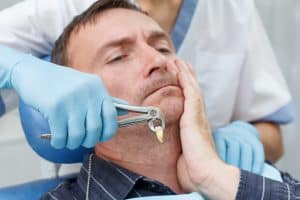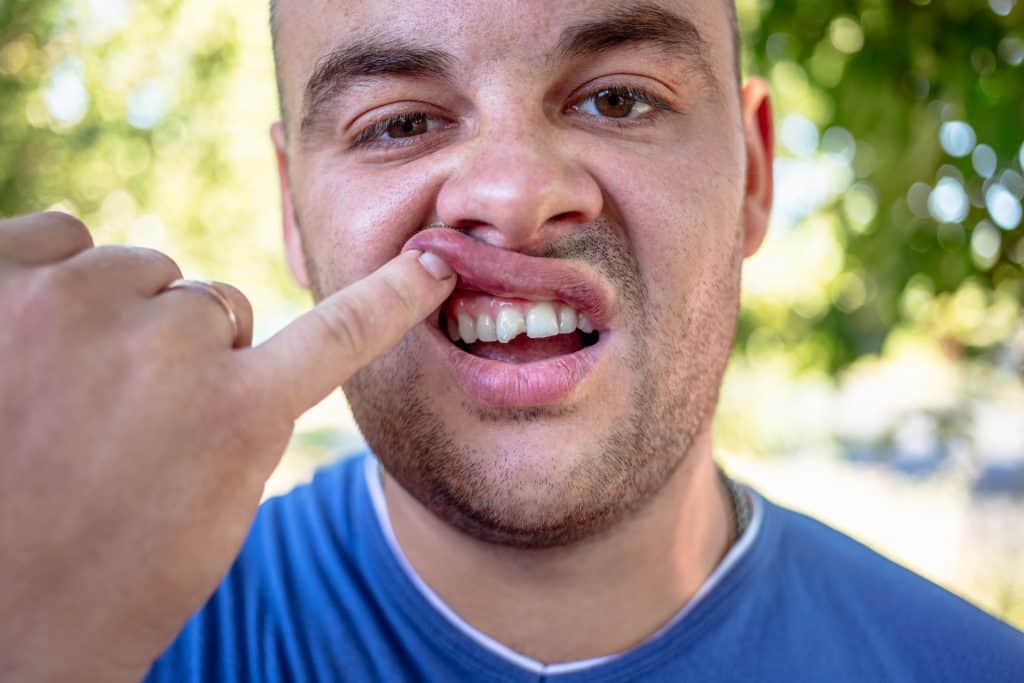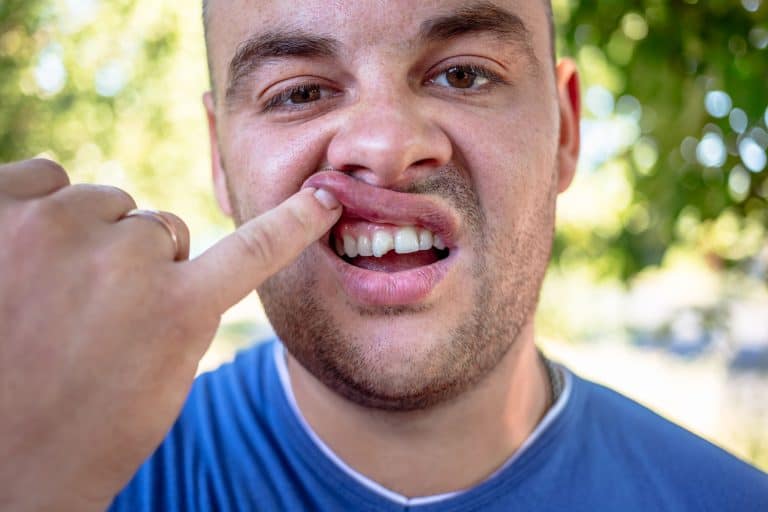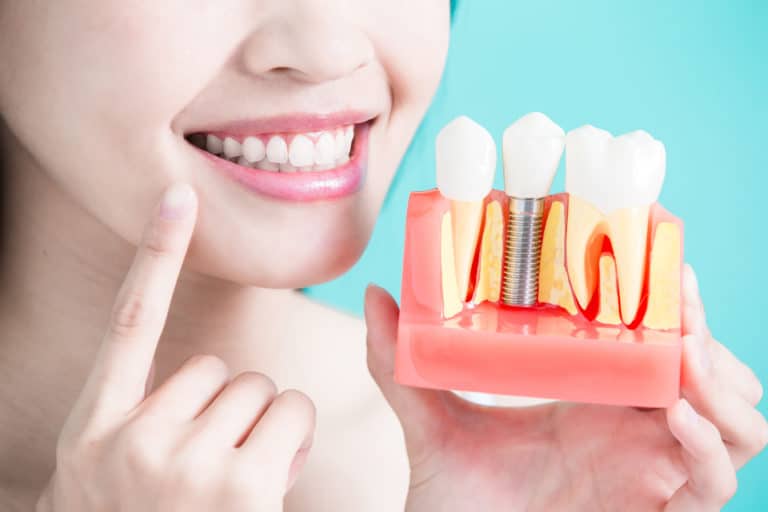Any kind of dental injury is daunting, especially when it happens unexpectedly. Notably, a cracked tooth can cause significant damage to your smiling confidence. When it cracks, it can cause instant sensitivity and trauma, depending on the severity of the crack.
One of the questions asked is whether to extract a cracked tooth. It is a difficult question to answer. Notably, the dentist will always seek to perform tooth extraction treatment only where a tooth is decayed significantly beyond repair.
The severity of the crack determines the best form of treatment, and it is wrong to suggest that tooth extraction is the go-to treatment for any cracks without assessing the situation.

Your Appointment At The Dentist For A Cracked Tooth
When a tooth cracks, you’re likely to experience some form of tooth sensitivity. It is also likely that you’ll experience throbbing pain when chewing on foods and experiencing sensitivity via hot and cold temperatures. If the sensitivity continues for a long period, you must consult the dentist as soon as possible.
Upon visiting the dentist, expect the dentist to do the following:
- Understanding the current state of your oral health, including assessing any current adverse conditions.
- Assess the length of the crack in the tooth
- Determine if the tooth has become severely decayed
- Locate any signs of gum disease and whether you’re suffering from any infections
Before moving forward with the chosen choice of treatment, these are pre-requisites as part of an examination.
Let’s take a look at some of the treatment options that the dentist will most likely consider depending on the severity of the crack in the tooth.
Root Canal
If your general oral health is positive and the crack is considered minor, meaning the crack isn’t impacting your gums, the crack isn’t severe or the tooth has decayed, the dentist will consider root canal treatment. Root canal is the first choice if any remains of the tooth can be saved. There are many misconceptions of root canal that should be ignored, such as that a root canal is painful. A root canal is designed to save your teeth and preserve your oral health, not damage it.
The dentist will treat any infection around the tooth structure by cleaning and sealing the tooth. The root canal is enlarged so that a temporary filling is applied. A crown is molded and placed on the tooth to protect it.
Tooth Extraction
Whilst your general oral health may be positive, if the crack in the tooth is major, meaning it’s cracked into two pieces, the tooth is severely decayed you’re suffering from gum disease, the dentist will need to consider tooth extraction treatment.
To extract a cracked tooth, this involves applying anesthesia to numb the affected area and then breaking the tooth down into smaller pieces. The dentist will then use forceps equipment to gently remove the tooth out of its socket. Aftercare requires adequate rest for a few days until a blood clot forms.

Dental Crown
A dental crown can be administered to protect the crack in the tooth from becoming worse. A crack may be so minor where it’s not visible to the naked eye, and the crack is known as a craze line, which is a small crack in the outer layer of the tooth.
A dental crown can be applied for further protection, and to also enhance its appearance.
Are you seeking treatment for a cracked tooth? Contact us at Ashfield Family Dental today and book yourself in for an appointment!




